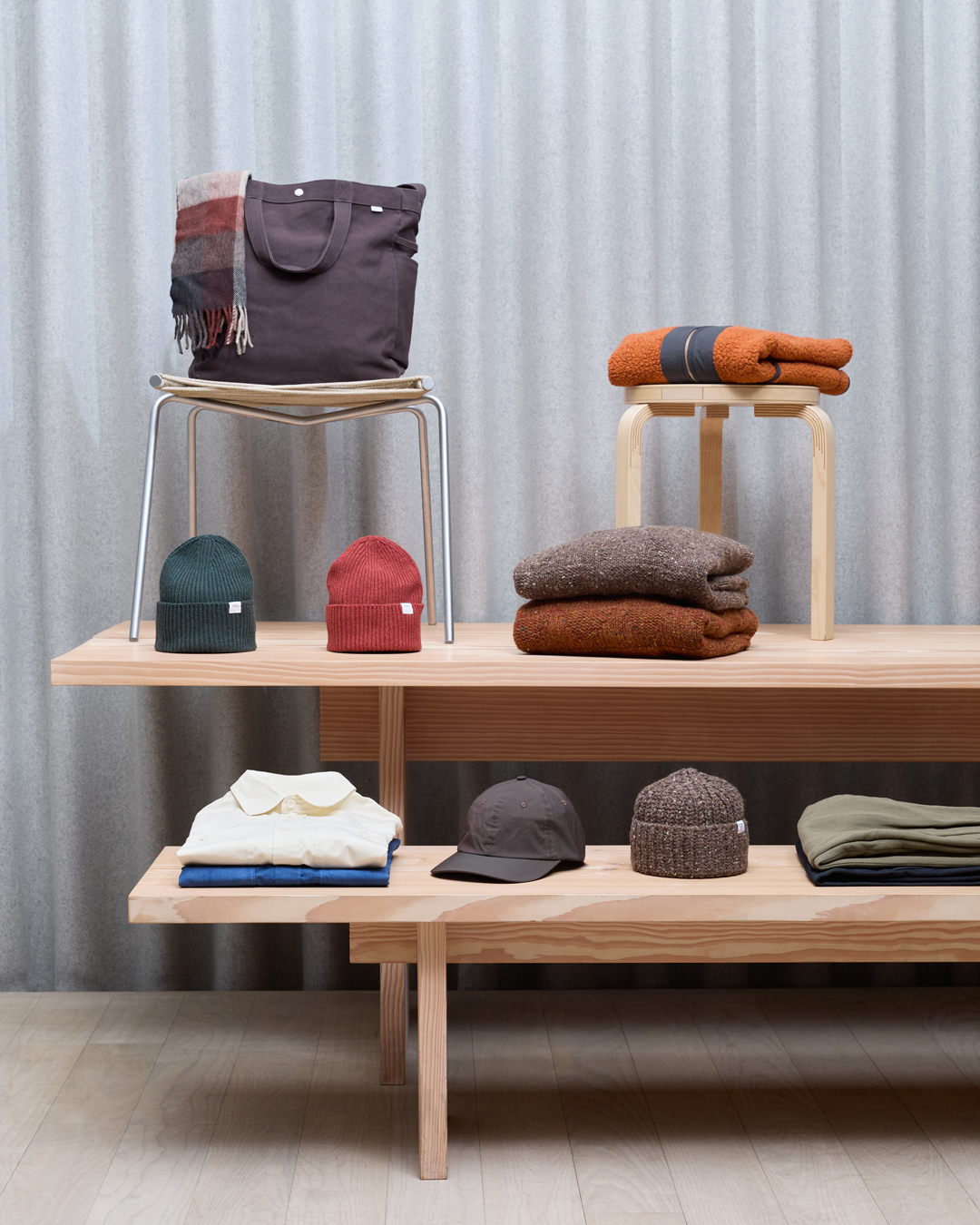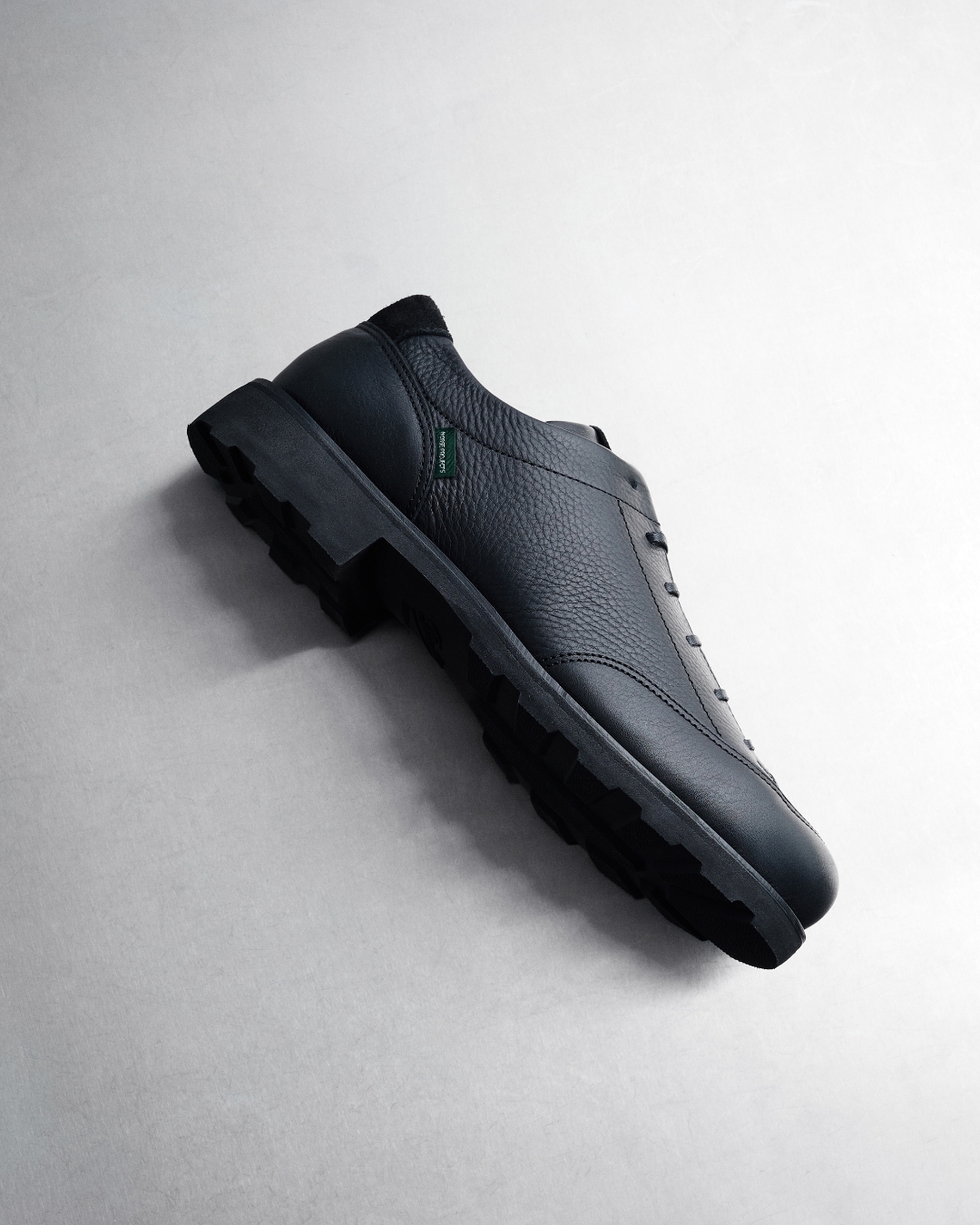On Exploration — A Conversation with Klaus Thymann04.11.2025
We met Klaus Thymann in the depths of winter, at his part-time residence and studio in Näsfjärden, Sweden. The lake outside his cabin was frozen solid and each morning we could walk across it, hearing the ice shift beneath our boots. On one of those mornings, a pack of wolves moved quietly across the far side of the lake, disappearing into the trees. Thymann lives close to nature, and it shows.
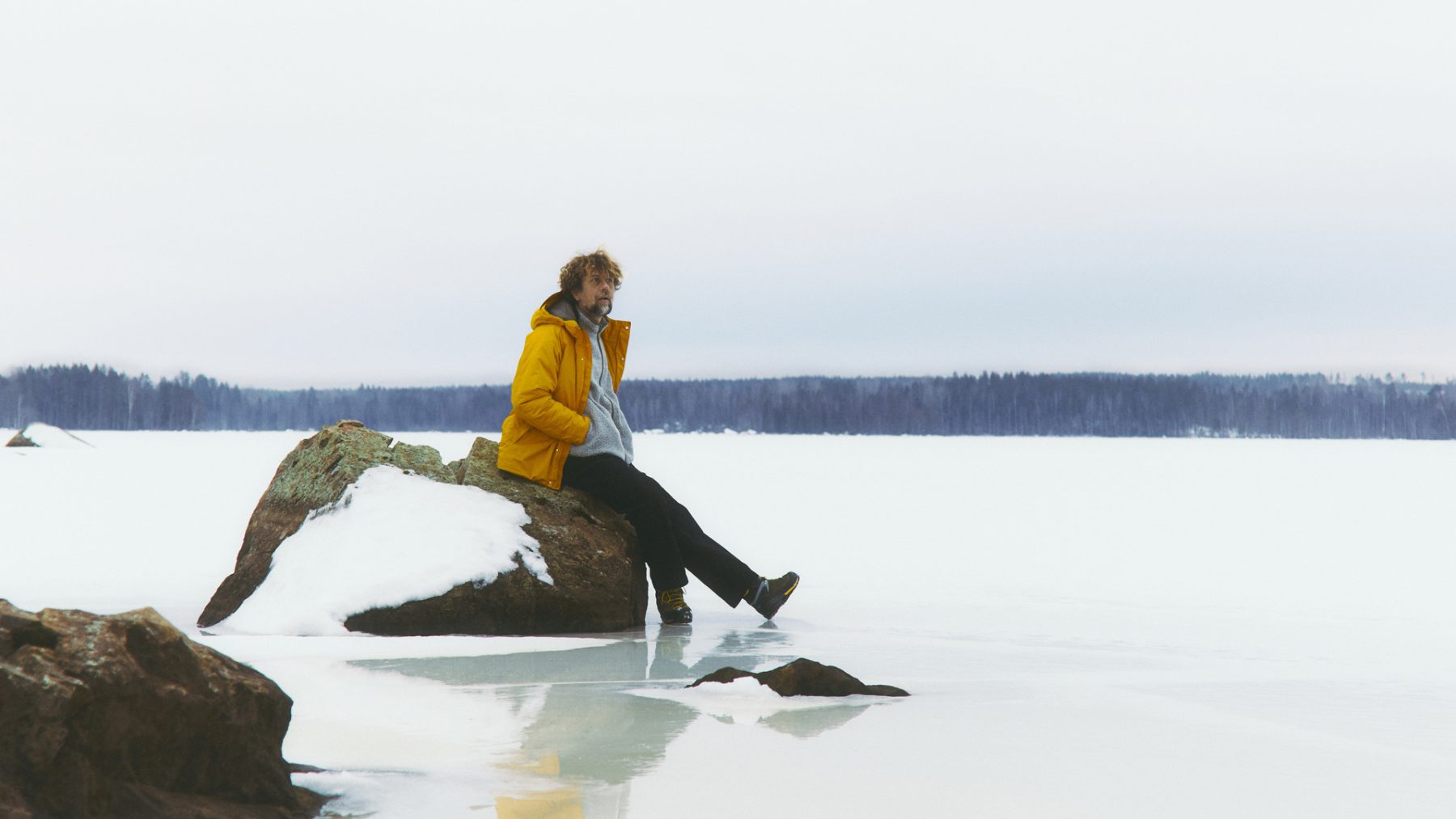
A documentary filmmaker, journalist, photographer, and explorer, he has spent his career moving between science and storytelling. Through his non-profit organisation Project Pressure, Thymann documents the impact of climate change on glaciers and ecosystems across the world, using art and data to make the invisible visible.
In a time when the world feels fully mapped, the word explorer has taken on a new meaning. We learned that it was less about discovering untouched lands, and more about uncovering new ways to see, measure, and care for the places we already know. Thymann’s work exists in that space — between exploration and understanding, between documentation and action.
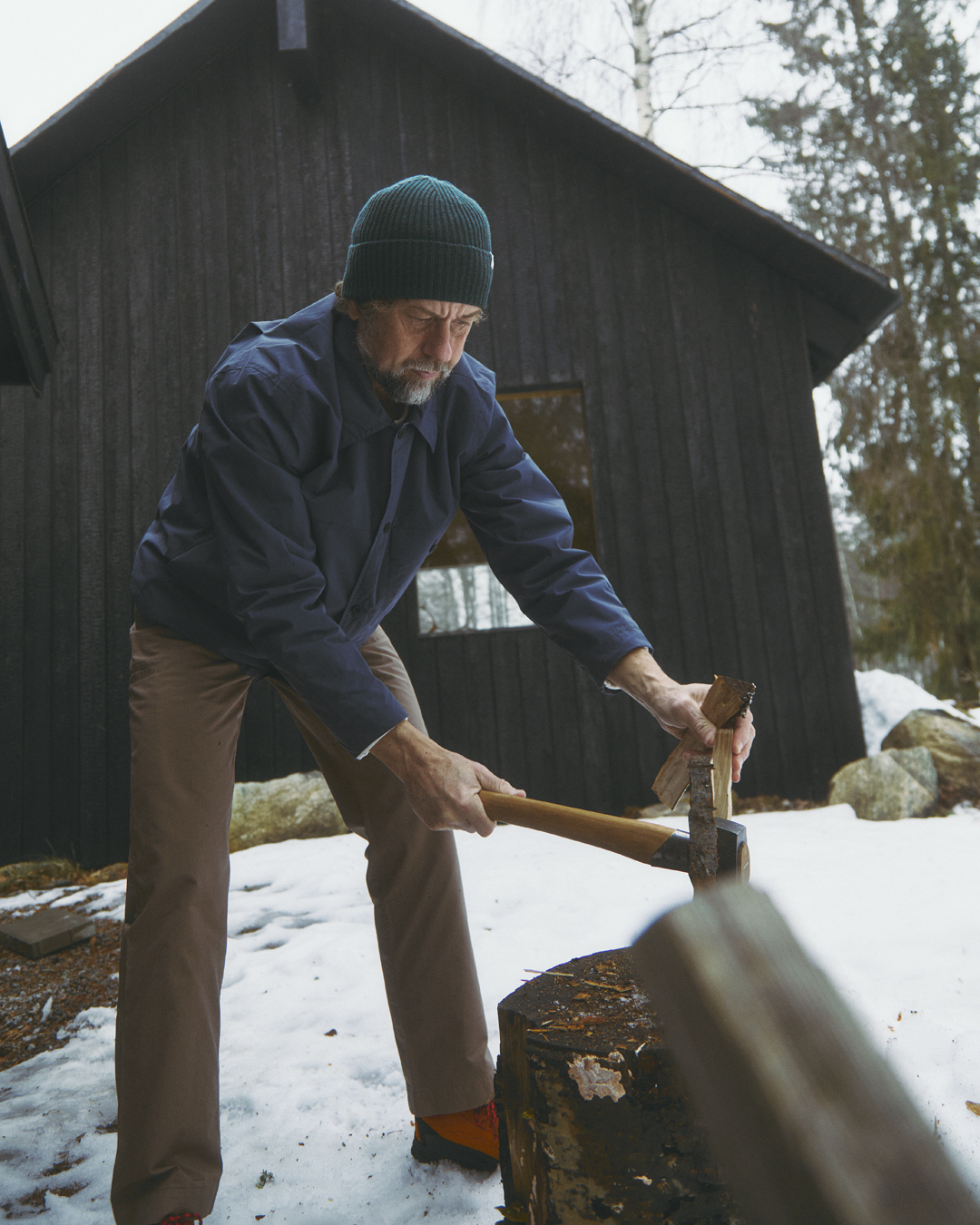
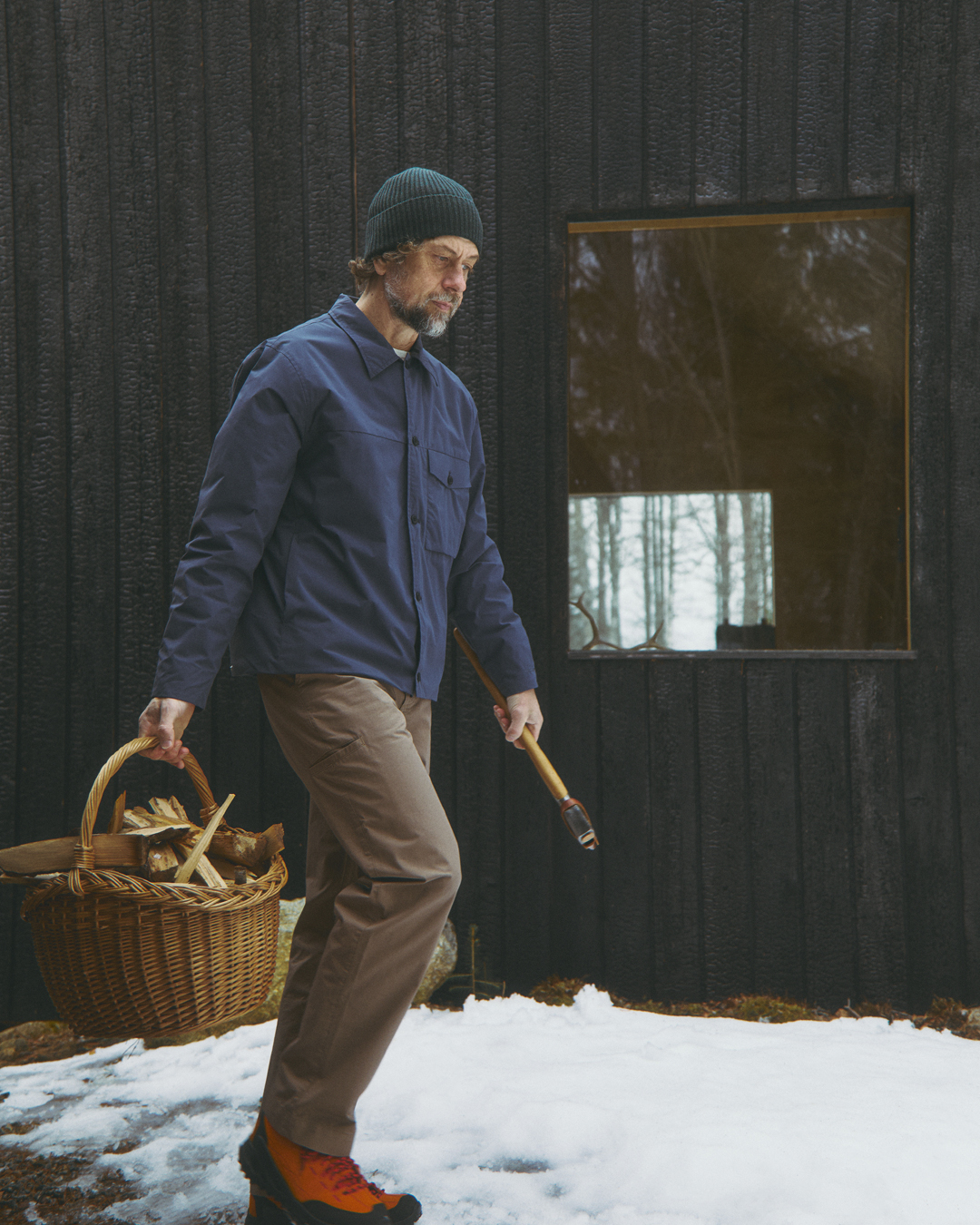
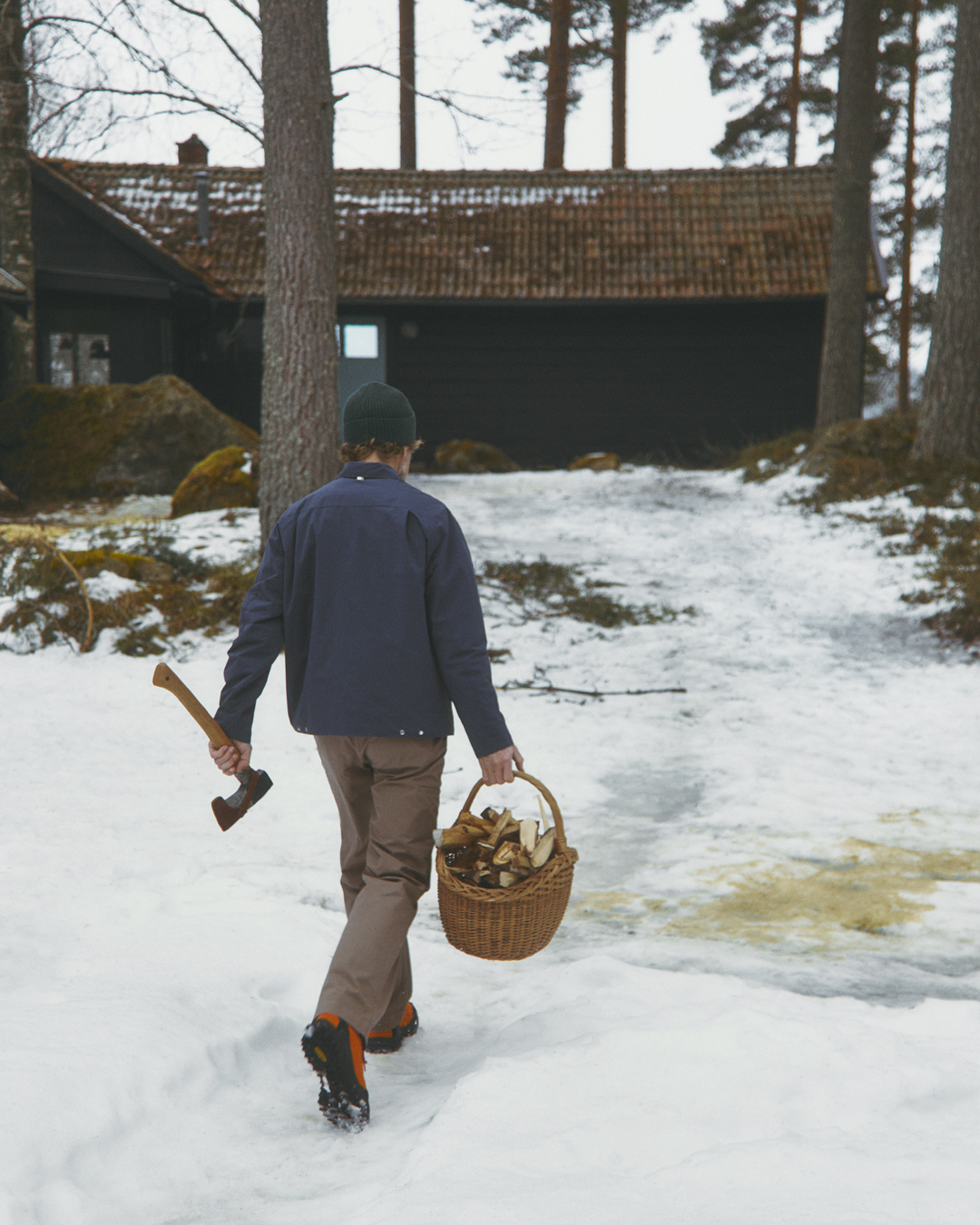
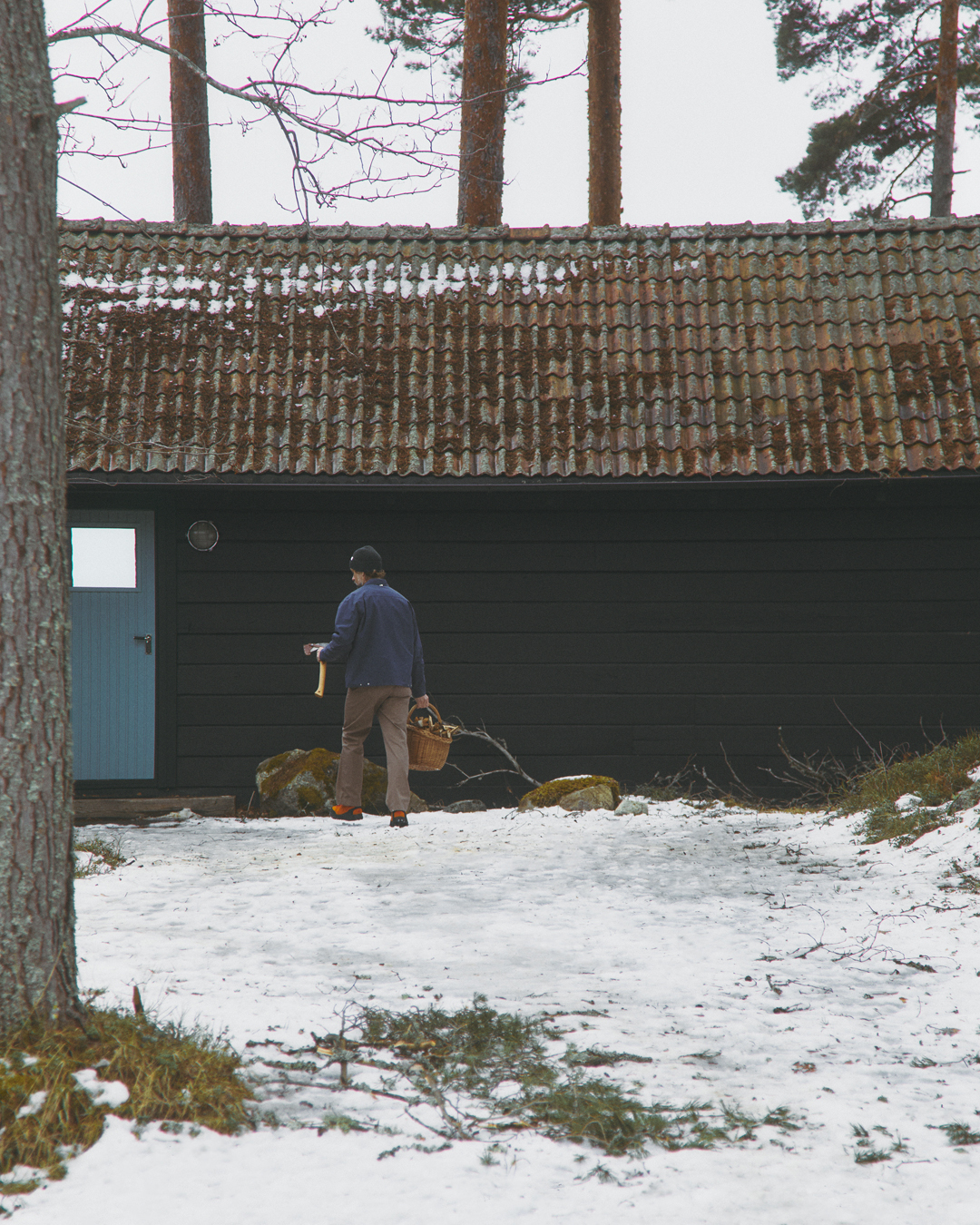
You work across photography, exploration, and environmental science. When you think about all of it together, what’s the thread that connects it?
My work bridges science, exploration, and communication. The science, for me, is often about mapping, and therefore maps are a great starting point. Maps let us understand systems, not just basic maps like roads on your mobile screen, but the patterns of an environment. That environment may be an ocean, a glacier, a flooded cave, and the maps overlays can be topographical, temperature, habitats or other data. So, we collect data, but data without communication it doesn’t do much for the environment. To achieve environmental protection, people need to care, and the information must be useful and relatable to as many people as possible.
But then awareness alone isn’t enough, we need to get to the action part. For example, we know a lot about climate change, but action lags. So in my projects I try to build an actionable part, often that will be local component where we work with local communities and support solutions they can carry forward. When you work at the frontier of knowledge, most people have never heard of the issue. Clear communication can put it on the map and that can help the communities of the frontline of the climate crisis.
What first pulled you toward those frontiers — the glaciers, caves, and all those places most people would rather avoid?
Curiosity. I am drawn to the unknown. There used to be white spots on paper maps – places we didn’t know. Earth’s surface mapped in great details, but there’s so much we don’t understand and we still have blank spots in a scientific sense. But in the most basic sense, If I see a gap or a crack, I want to stick my head in it. I like going where there’s little data, then coming back with something useful.


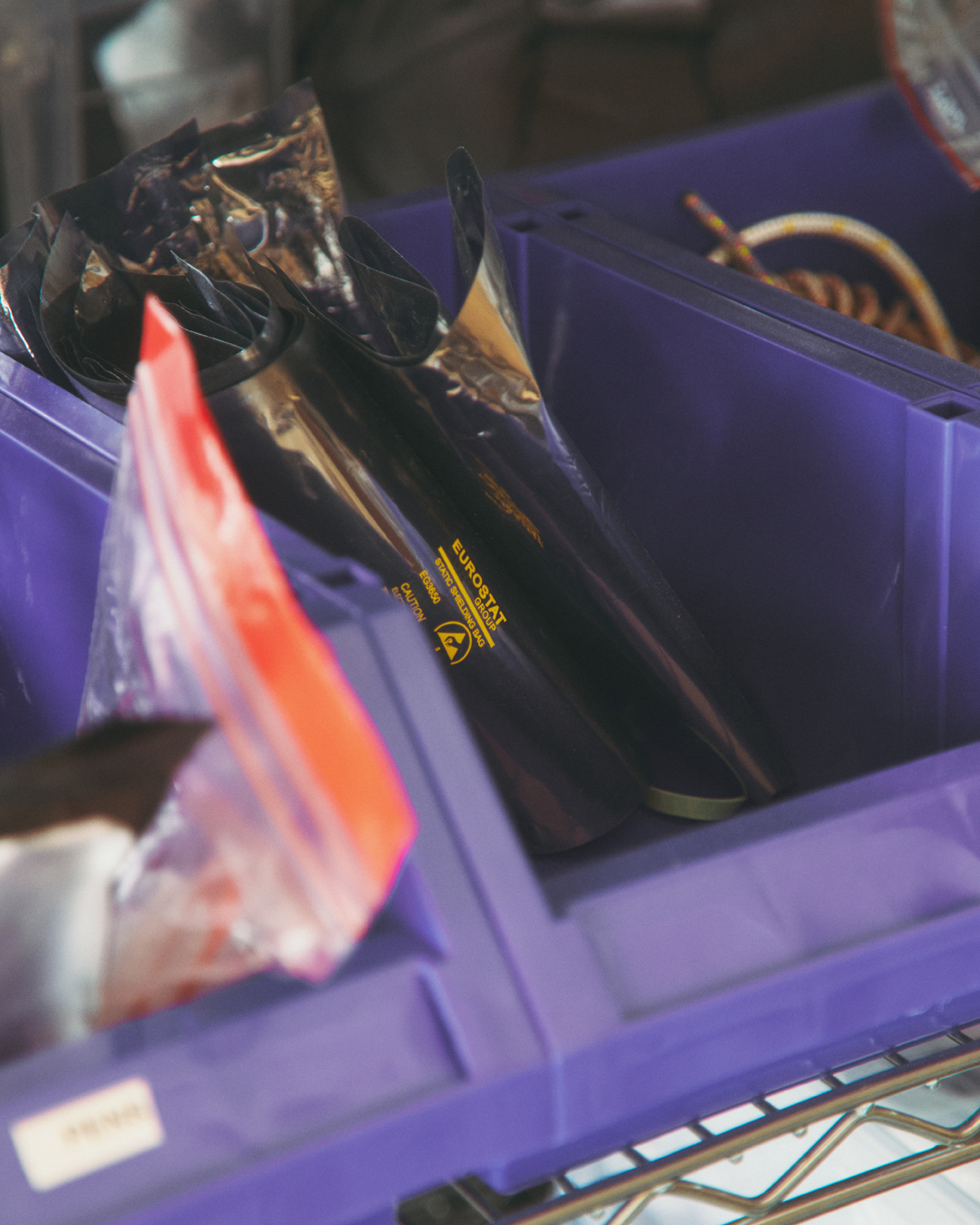
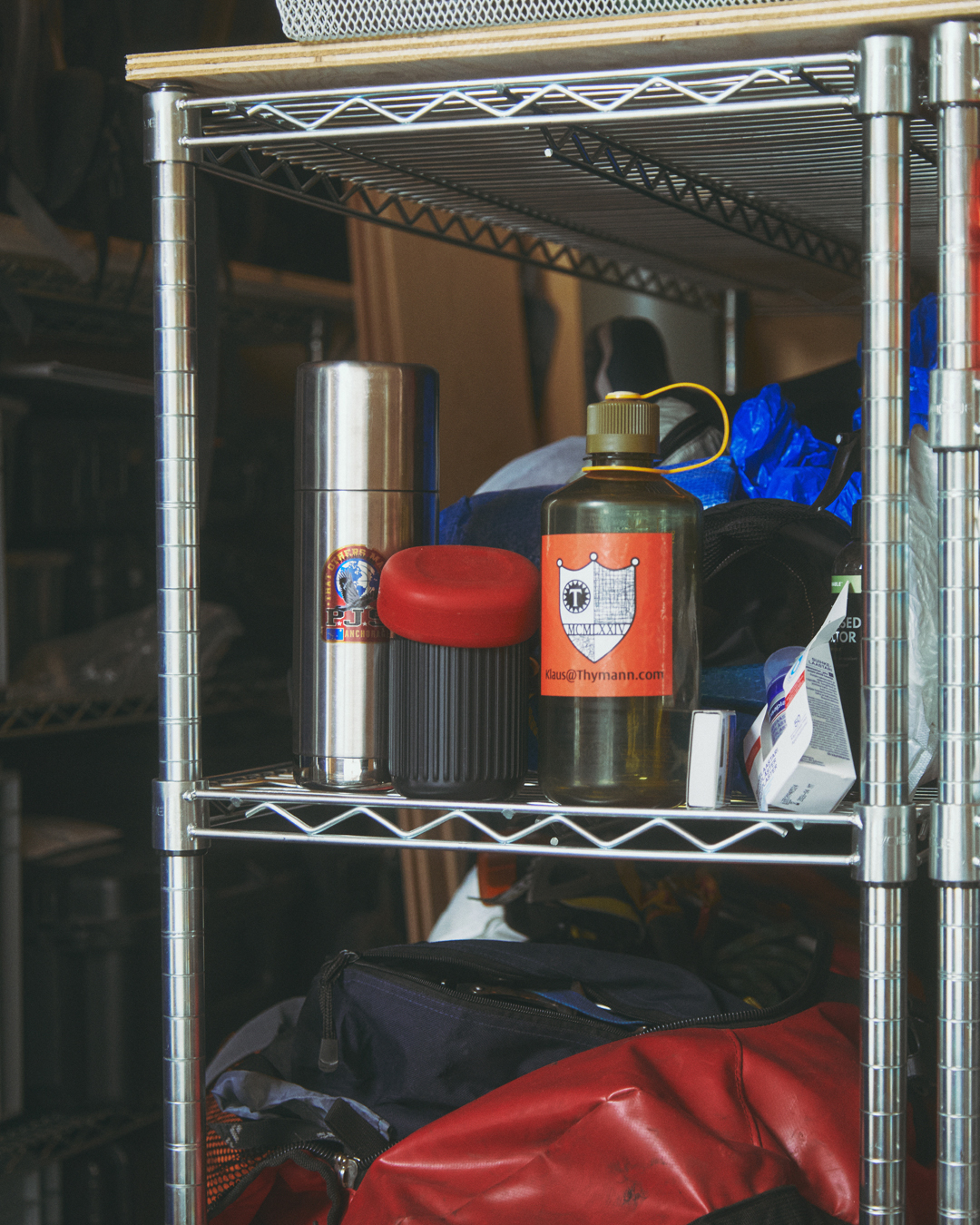
How do you prepare for something when you don’t know what you’ll find?
There is a staring point, a hypnosis or questions I am trying to answer, in terms of preparation. Then I prepare for the worst and hope for the best. That sounds simple, but the mindset matters. I’m actually risk-averse. People hear that and think it doesn’t fit with cave diving or climbing, but I have no interest in unnecessary risk. You map the hazards, you build redundancy into life-supporting equipment, and you accept that there are known unknowns — and unknown unknowns. Nature makes you feel small. That humility keeps you careful. It is a good way to be kept on your toes.
Does that sense of humility guide the way you move through nature?
Definitely, it is nice to be in the elements and know the weather will do what nature decides. And when there, you have to open your senses. Look 360 degrees. Be alert but allow yourself small detours — those moments of distraction can lead to new knowledge. You stay focused on the mission, but you leave room for surprise.
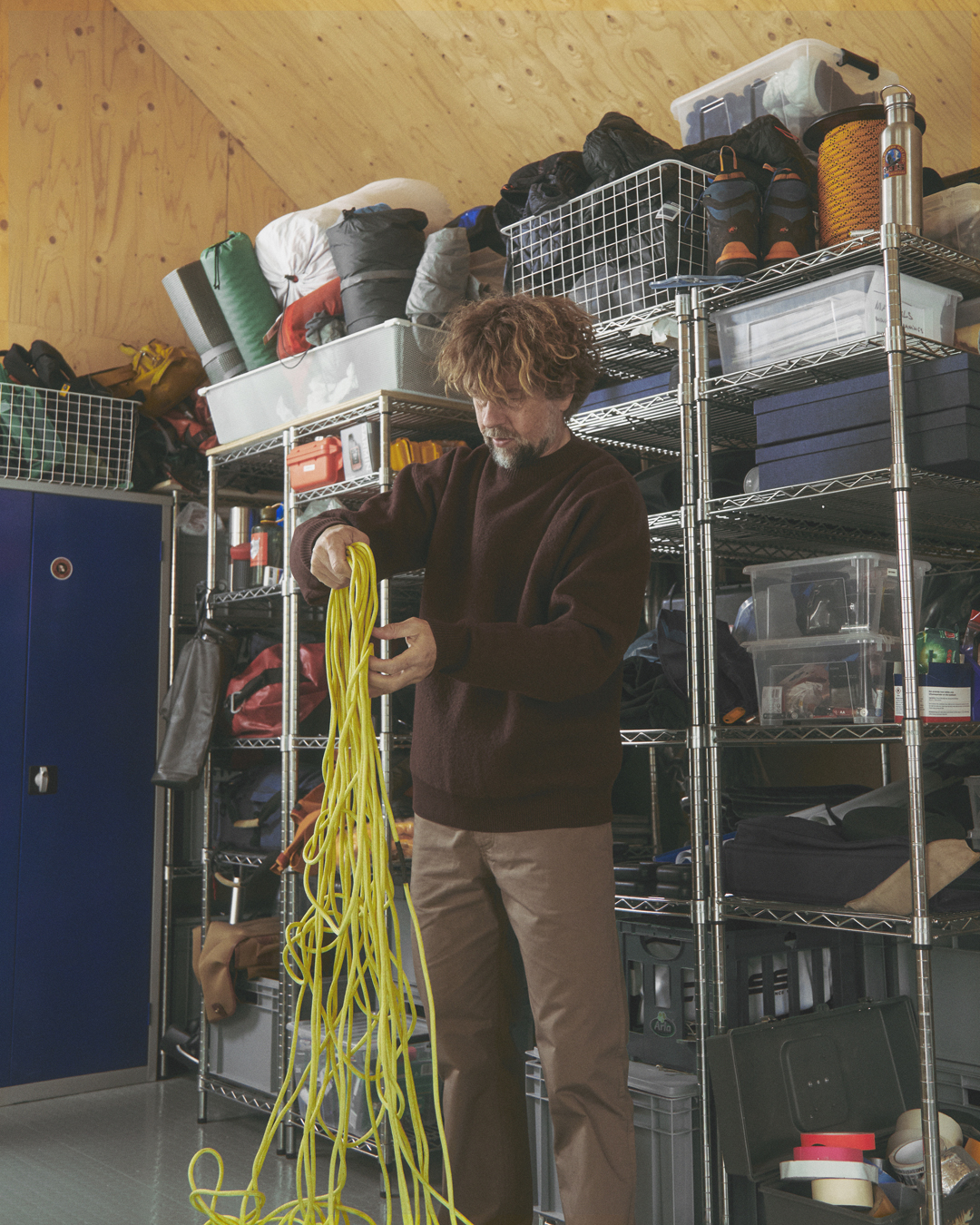

When you’re out in those conditions, how much does your gear factor into your mindset?
It’s the difference between getting the work done and going home early. Often it’s the difference between being safe and getting into trouble. Space and weight are limited, so every item has to earn its place. Obviously there are instruments, but for the gear my main priority is to keep weather out while letting heat and moisture escape, because once you’re wet in the cold, you get cold fast.
As a fabric wool is underrated. It dries quickly and feels good next to the skin. If I can only bring a few items, I take wool layers and a proper shell. Head to toe, GORE-TEX matters: boots, trousers, gloves, jacket. It keeps rain and snow out and lets moisture move away from the body so you don’t get wet from the inside.
If you had to strip it down to the absolute essentials — what’s non-negotiable?
Navigation and what I wear. Navigation is simple: GPS with an analogue compass and a printed map as backup. For clothing, a waterproof, breathable shell for legs and torso, and gloves that stay dry. Keep the weather out, keep moving, stay warm.
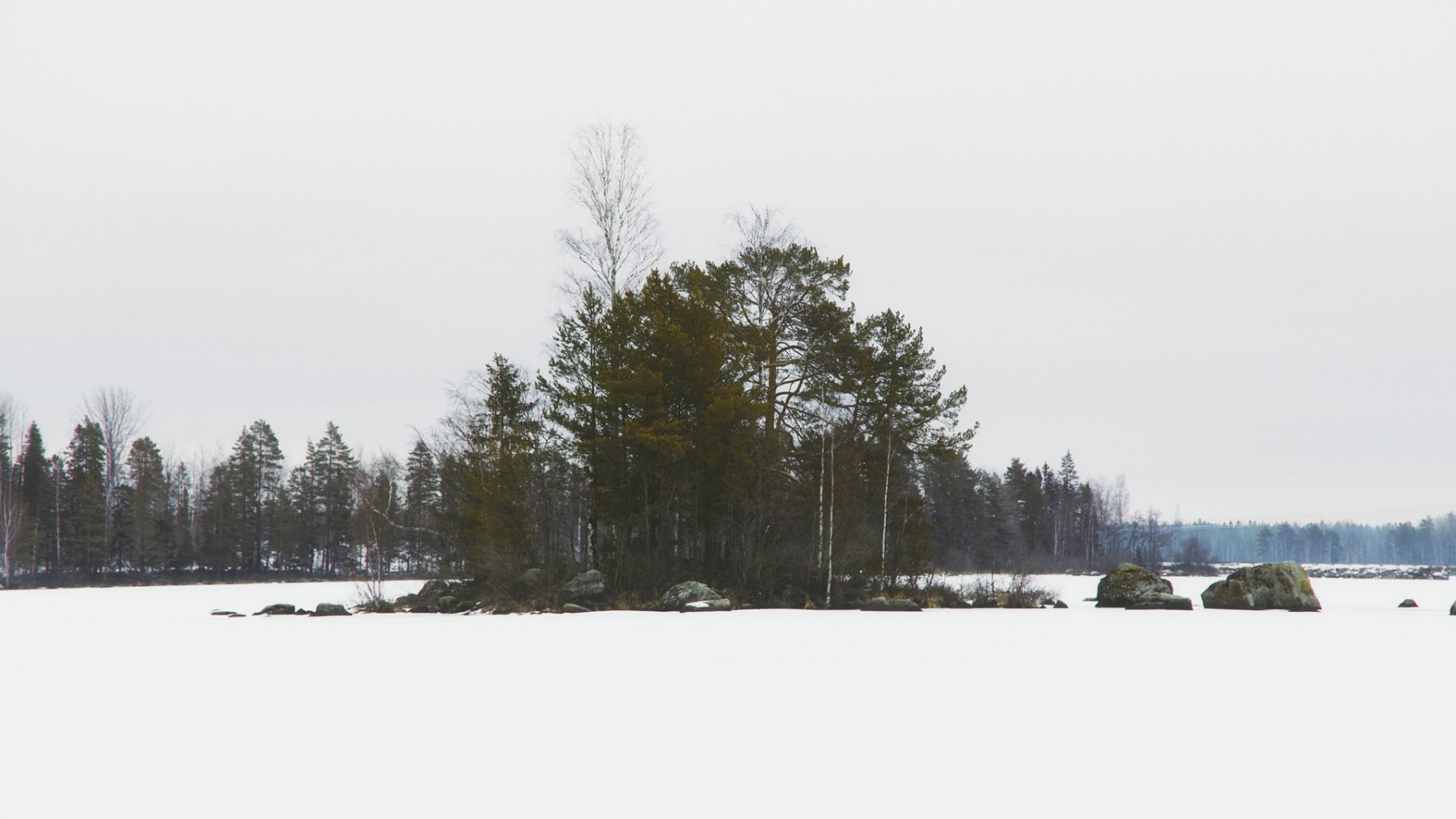
You’ve spent so much of your life outside — what does it feel like when you’re completely present in a place?
Time becomes abstract. The sensory input is so rich that minutes and hours can bend. Nature if full of fractals and other patters and those nerdy shapes are wonderful. Outside, you notice shapes and light and you get lost in them. Sometimes only my stomach tells me time has passed.
When you step back from all of it, what’s the biggest lesson nature has given you?
Balance is beautiful and rare. When an environment is in balance, it’s moving to witness. It can make me very happy. That feeling is often paired with sadness, because we don’t treat the planet well. My hope is that some of the projects nudge the needle in a better direction.
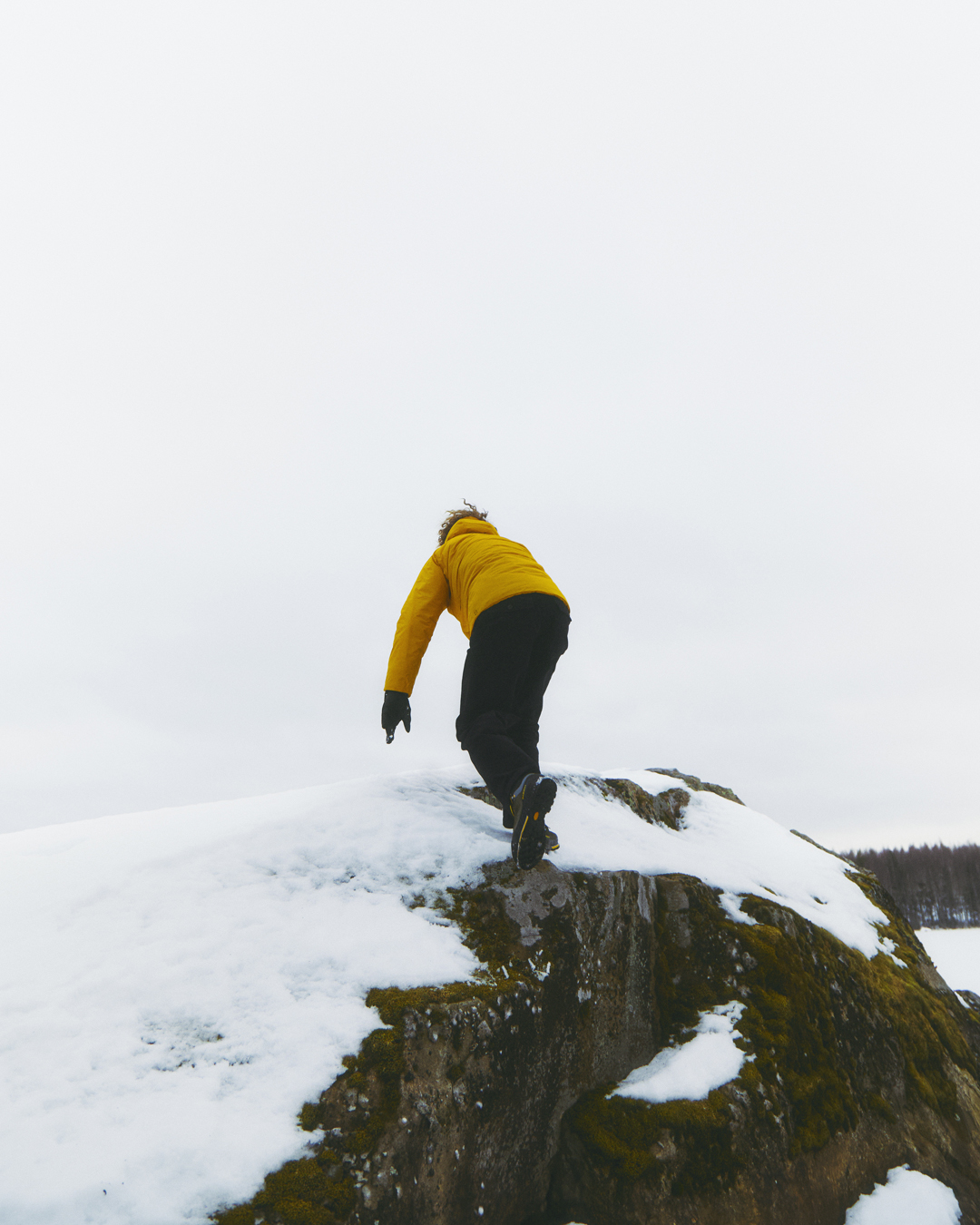
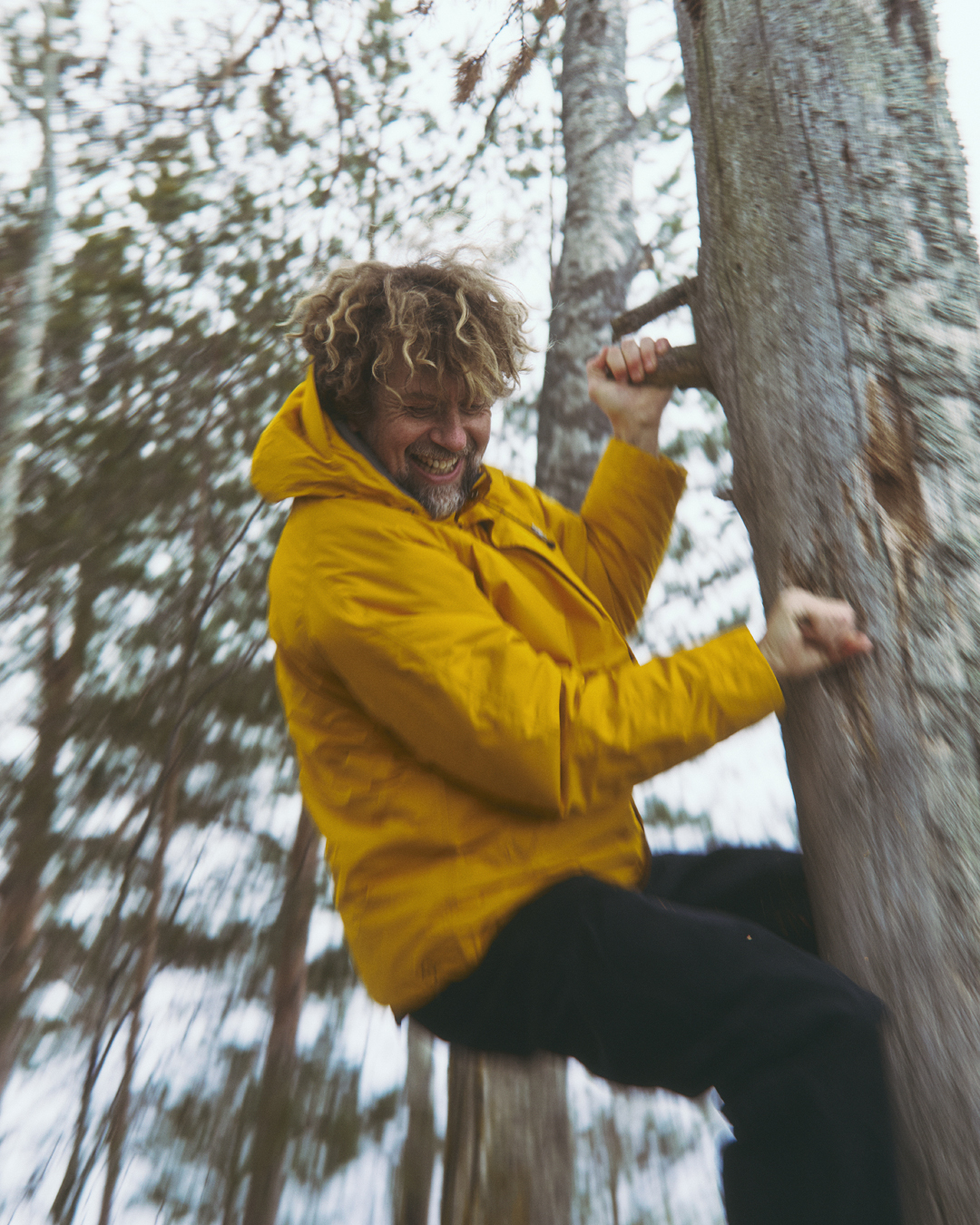
How do you know when you’ve captured something worth keeping
Results come from persistence. You go back, again and again. Once in a while everything lines up. On the glaciated Stanley Plateau, between Uganda and Congo, I waited days for clear weather. The sky opened, I flew a drone, captured nearly a thousand images, and built a 3D model with real value. Those moments feel good.
People still use the word “explorer,” but it means something different now. What does it mean to you?
It’s not about planting a flag or the colonial phrase of conquer, like standing on top of a mountain. If you’re following someone’s tracks (to the south pole for instance), that’s adventure, not exploration. Exploration means crossing a frontier into the unknown. Today that often means returning to known places with new tools and new questions. You combine disciplines, innovate, and come back with knowledge.

